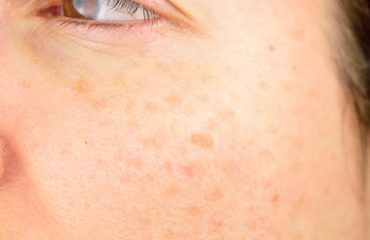Introduction: Congenital nevi, commonly referred to as birthmarks, are pigmented skin lesions present at birth or appearing shortly thereafter. Understanding their characteristics, potential risks, and management is crucial for individuals and caregivers alike.
What Are Congenital Nevi? Congenital nevi are pigmented skin lesions that develop in utero or shortly after birth. They vary in size, color, and texture, ranging from small, flat spots to larger, raised lesions.
Types and Characteristics: There are different types of congenital nevi, classified based on size and appearance. Small congenital nevi are less than 1.5 cm in diameter, medium congenital nevi range from 1.5 to 19.9 cm, while large or giant congenital nevi are 20 cm or larger. They can present as flat or raised lesions and may have hair growth or irregular borders.
Risk Factors and Complications: While most congenital nevi are harmless, larger lesions carry a higher risk of developing complications, including cosmetic concerns, psychosocial impacts, and a small risk of melanoma. Regular monitoring and evaluation by a dermatologist are essential to detect any changes suggestive of malignancy.
Management and Treatment: The management of congenital nevi depends on various factors, including size, location, and potential risks. Treatment options may include surgical excision, laser therapy, or cosmetic camouflage techniques. The decision to intervene is made on a case-by-case basis, weighing the risks and benefits.
Caring for Congenital Nevi: Individuals with congenital nevi should practice sun protection measures to minimize sun exposure, which can exacerbate pigmentation and increase the risk of melanoma. Regular self-examinations and dermatological check-ups are essential for early detection and intervention if necessary.
Conclusion: In conclusion, congenital nevi are common birthmarks that vary in size, appearance, and potential risks. While most are harmless, larger lesions warrant careful monitoring and consideration of management options to mitigate potential complications. Collaboration with dermatological professionals ensures optimal care and skin health.



